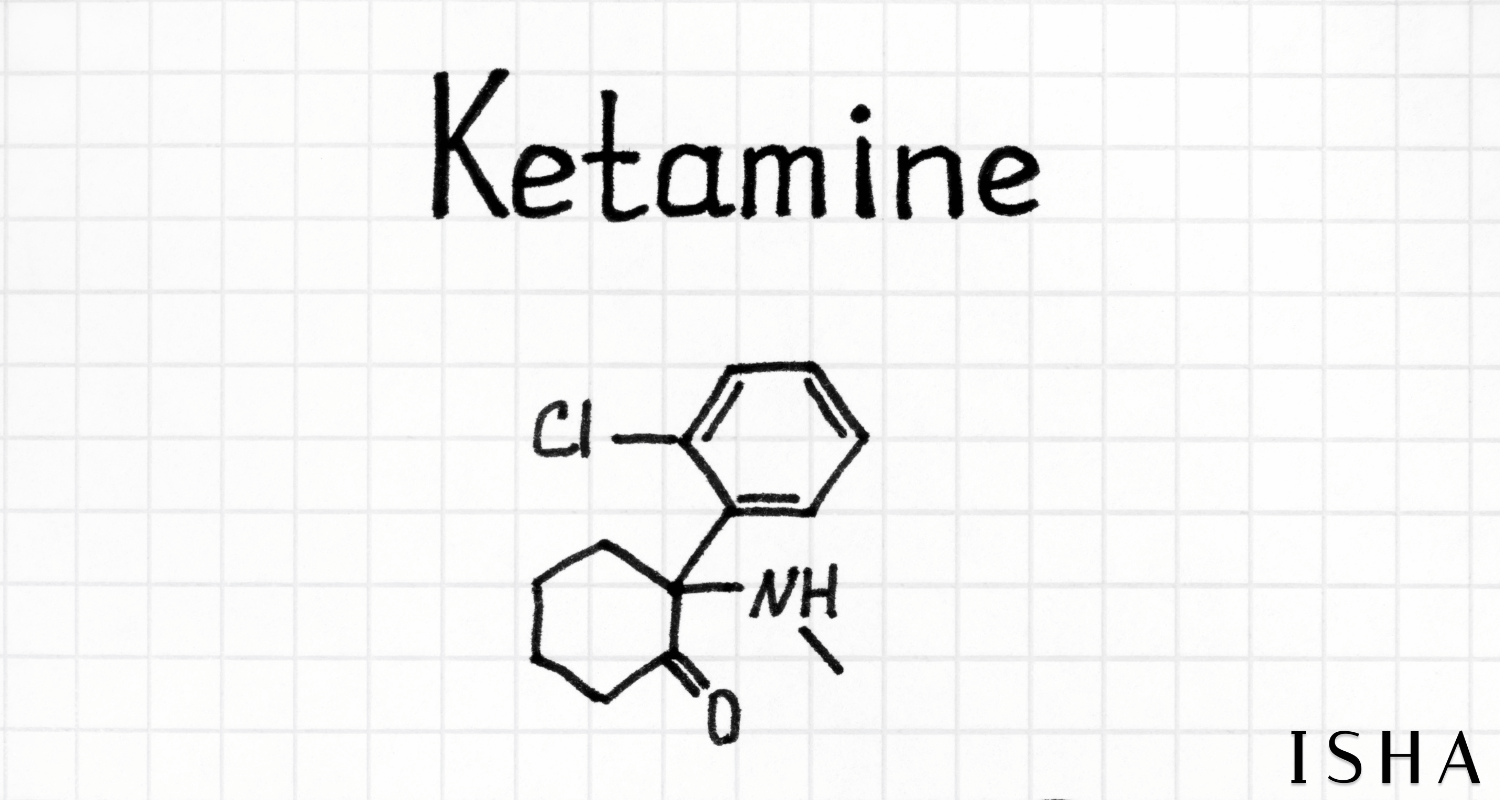Online Ketamine Treatment Available in: AZ, CA, CO, FL, GA, NY, OR, TX, and WA.
Online Ketamine Treatment Available in: AZ, CA, CO, FL, GA, NY, OR, TX, and WA.
FOR PATEINTS
Make an AppointmentpricingOUR TREATMENT APPROACHNews
March 25, 2025
April 25, 2025
At Isha Health, we focus on providing cutting-edge care for people struggling with depression, anxiety, and trauma—especially when other treatments haven’t worked. One of the most powerful tools we offer is Ketamine-Assisted Psychotherapy (KAP).
While many people have heard that ketamine can provide rapid relief from depression, fewer understand why it works. Beyond its fast-acting effects, ketamine also helps your brain heal and rewire itself, creating long-term change.
In this post, we’ll break down the sustained molecular effects of ketamine in simple, everyday language—and share one of the most helpful scientific diagrams explaining this process.
Ketamine’s benefits aren’t just about feeling better in the moment. It actually triggers changes deep in the brain that last well beyond the day of treatment.
Take a look at the diagram below (from a 2024 research review):

Here’s how ketamine works in the brain, step by step:
Ketamine blocks a receptor called NMDA, which reduces the "overwiring" often seen in chronic stress and depression. This helps calm the brain and reset its signaling patterns.
Ketamine increases a protein called BDNF (Brain-Derived Neurotrophic Factor)—often called "brain fertilizer"—which helps grow and repair brain cells and strengthen new connections.
BDNF turns on a series of pathways (like mTOR and ERK) that help the brain build new neural connections. Think of them as construction crews repairing damaged roads in your brain.
Ketamine inhibits GSK-3, a molecule that normally restricts brain plasticity. By reducing GSK-3 activity, ketamine encourages your brain to become more adaptable and open to change.
The pathways ketamine activates also switch on genes that are essential for healthy brain function. This is like flipping the switches that control how your brain repairs itself.
Ketamine influences how your DNA is read—changing long-term gene expression by modifying chromatin structure. This helps reset some of the patterns created by long-term stress or trauma.
Chronic inflammation in the brain is a major factor in depression. Ketamine lowers inflammation by suppressing pro-inflammatory signals like IL-1β and TNF-α, helping your brain return to a healthier state.
Ketamine also promotes neuroprotection—helping brain cells survive and function better, even in the face of ongoing stress.
At Isha Health, we see ketamine not just as a treatment, but as a catalyst for healing. By creating the right biological environment, it allows psychotherapy to go deeper—and helps people reconnect with parts of themselves that have been buried under stress, trauma, or depression.
These molecular effects help explain why so many of our patients report profound shifts after just a few sessions of KAP.
We collaborate with licensed therapists across the country to offer safe, thoughtful, and holistic Ketamine-Assisted Psychotherapy. If you or someone you love is exploring new options for mental health treatment, we’re here to help.
Get the latest insights on psychedelic therapy, mental health, and innovative treatments—straight to your inbox.
Sign up
for the
Isha Health
Newsletter
More on
News
This website has been reviewed by Isha Health California, P.C. and should not be used as medical advice in place of a licensed psychiatric clinician.
IN CASE OF EMERGENCY:
If you are in a life-threatening situation, don’t use this site. Call, text, or chat 988 or 1-800-273-TALK (8255), or use these resources to get immediate help.

.png)

.png)
.png)
.png)
.png)
.png)






.png)
.png)
.png)
.png)









.png)




.png)
.png)
.png)



.png)










.png)
.png)





.png)



.png)



.png)
.png)
.png)
.jpg)

.png)
.jpg)
.png)
.png)

.jpg)

.png)
.png)
.png)

.png)




%202.png)
.png)



.png)
.png)
.png)
.png)
.png)
.png)
.png)
.png)
.png)